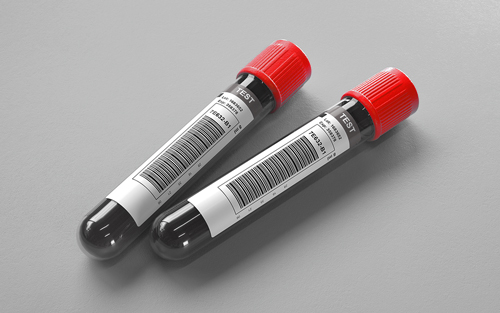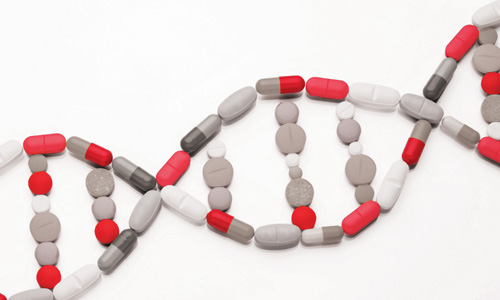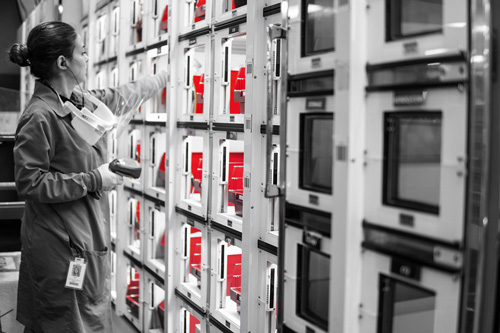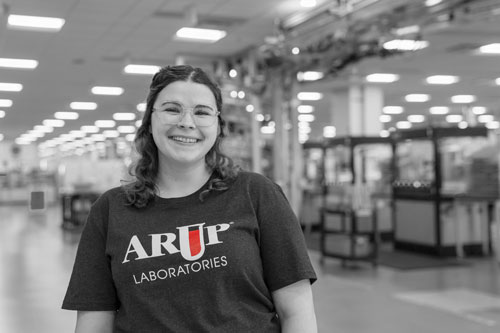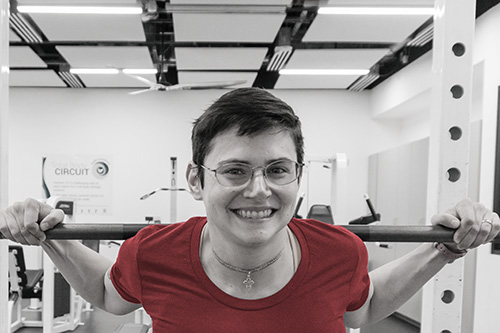
Mei San Tang, MD, enjoys working in the ARUP Blood Services laboratory, contributing to critical diagnostics and patient care.
When ARUP Laboratories provides hospitals across Utah with lifesaving blood products, it does so with a combination of scientific rigor, operational precision, and close connection to the community it serves. Mei San Tang, MD, joined ARUP in August 2025 as the medical director of ARUP Blood Services and the Immunohematology Reference Laboratory (IRL). She also serves as an assistant professor (clinical) in the University of Utah School of Medicine’s Department of Clinical Pathology.
Since arriving at ARUP, Tang has worked to align donor services and laboratory operations with best practices in transfusion medicine, ensuring every unit of blood collected, tested, and transfused meets the highest standards. “What makes ARUP unique is the connection between our donor center, our reference lab, and our hospitals,” Tang said. “We see the process from our donors directly to the patient who receives that donation. That connection keeps our work hyper-focused on the need our community has right now.”
Tang’s path to ARUP began far from Utah. Born and raised in Malaysia, she entered medical school at Monash University directly after graduating from high school. She completed her residency in Clinical Pathology at Washington University in St. Louis and completed a fellowship in Blood Banking and Transfusion Medicine at Stanford University. Her international background and multilingual abilities—including fluency in English, Mandarin, and Malay, with proficiency in reading and writing Chinese—have shaped her curiosity, adaptability, and approach to leadership.
“I’ve always been interested in learning how systems work and solving problems,” Tang said. “Pathology offered a perfect balance between patient care and data-driven investigation. I enjoy figuring out ways to improve processes, tackle challenges in the lab, and make laboratory operations more efficient. Transfusion medicine lets me combine both.”
Tang recalls a defining moment from the early months of the COVID-19 pandemic. Antibody tests were entering the market with very limited validation, and hospitals were fielding questions from both clinicians and patients. “I worked with my attending to perform one of the first full COVID-19 antibody validations for commercial assays,” she said. “It was essential to ensure the tests were reliable, and our findings helped clinicians, patients, and our community understand what the results actually meant.” Tang’s work was later published in Clinical Chemistry, demonstrating her commitment to rigorous laboratory science and patient-centered care.
At ARUP Blood Services, Tang leads operations for both the donor center and the IRL. This close integration allows her team to identify issues quickly, share their expertise, and continuously refine workflows. She oversees complex antibody investigations, guides donor services, and coordinates closely with hospital teams to provide timely, accurate blood banking and transfusion support.
Like many blood centers nationwide, ARUP faces the challenge of sustaining a robust donor population as demographics shift. “Our donor population is aging, and younger generations think about giving differently,” Tang said. “We need to show donors the tangible impact of their contributions and ensure every donation is used appropriately. That trust is something we work to earn every day.”
In her work thus far, Tang has appreciated the advantages of ARUP’s affiliation with University of Utah Health. This partnership allows her to align laboratory innovation with patient care needs in real time. “If a clinician identifies a challenge at the bedside, we can work together immediately to address it. That kind of communication loop is invaluable,” she said.
Outside the lab, Tang enjoys reading, a lifelong passion that informs her perspective on science and medicine. Her curiosity, love of problem-solving, and identity as a laboratorian drive her work at ARUP. “Every technologist, every donor, every patient—we all play a part in something larger. My job is to make sure those connections work seamlessly,” she said.
Jazlee Blake, jazlee.blake@aruplab.com

